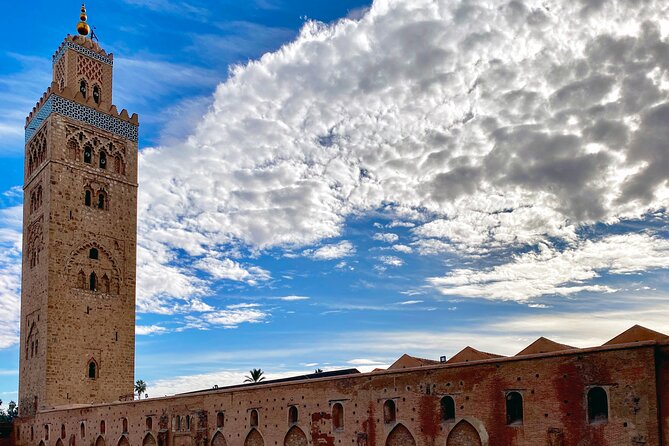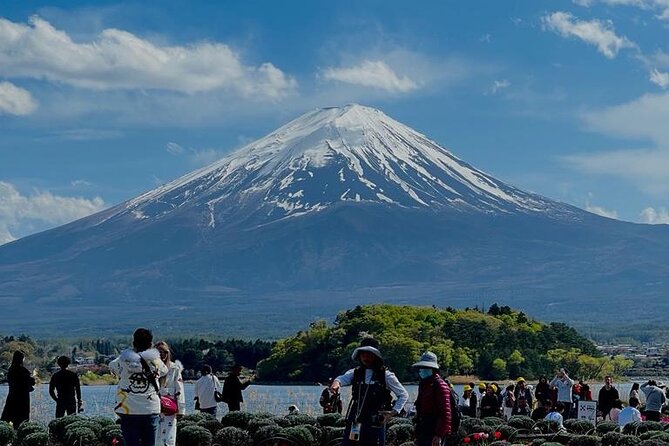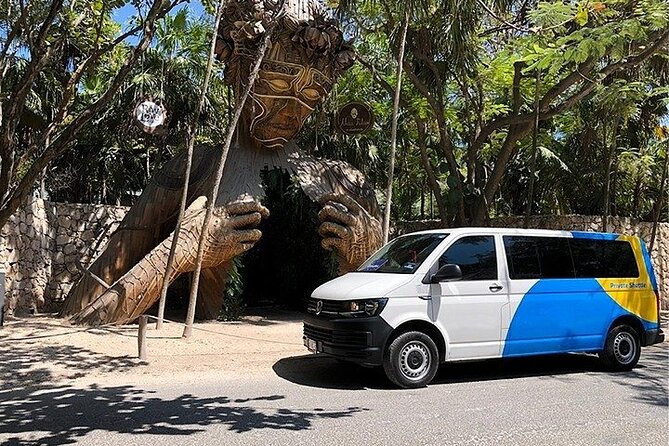Pompeii Herculaneum
Wandering through the silent streets of Pompeii and Herculaneum, one might almost hear the echoes of a bustling ancient civilization abruptly halted by the wrath of Mount Vesuvius. The hauntingly preserved remnants of these Roman cities offer a unique opportunity to witness history frozen in time.
But what lies beneath the surface of these archaeological sites is a tale waiting to be unraveled. From the daily lives of its residents to the catastrophic event that sealed their fate, the mysteries of Pompeii and Herculaneum continue to captivate curious minds and history enthusiasts alike.
Key Points
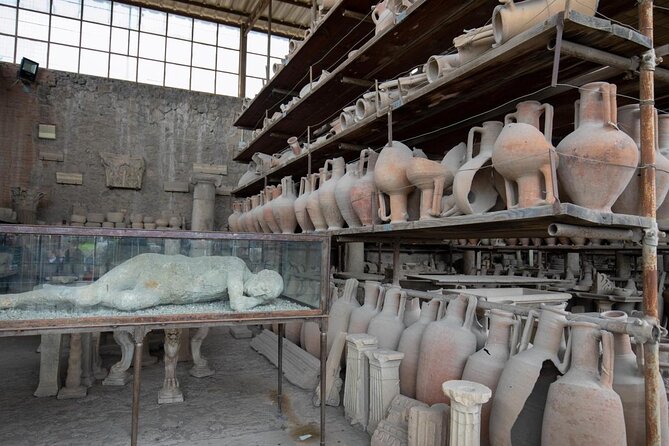
- Pompeii and Herculaneum thrived in the 1st century AD before being frozen in time by the eruption of Mount Vesuvius.
- Well-preserved ruins in Pompeii and Herculaneum offer insights into Roman life and culture.
- Ongoing excavations reveal urban planning, social structures, and cultural practices of the ancient cities.
- Preservation efforts ensure the accessibility and conservation of the historical sites for future generations.
Here's some more nearby activities we've reviewed
Historical Background
When exploring the historical background of Pompeii and Herculaneum, one delves into the rich tapestry of ancient Roman civilization frozen in time by the catastrophic eruption of Mount Vesuvius.
These cities, bustling hubs of trade and culture in the 1st century AD, were abruptly buried under a thick layer of volcanic ash and pumice when Vesuvius erupted in 79 AD.
Pompeii and Herculaneum offer a unique glimpse into daily Roman life, with well-preserved homes, public buildings, and artworks providing invaluable insights into ancient customs and architecture.
The tragic event not only destroyed these cities but also inadvertently preserved them, allowing modern-day archaeologists and historians to piece together the vibrant history of these Roman settlements with remarkable detail and accuracy.
Archaeological Excavations
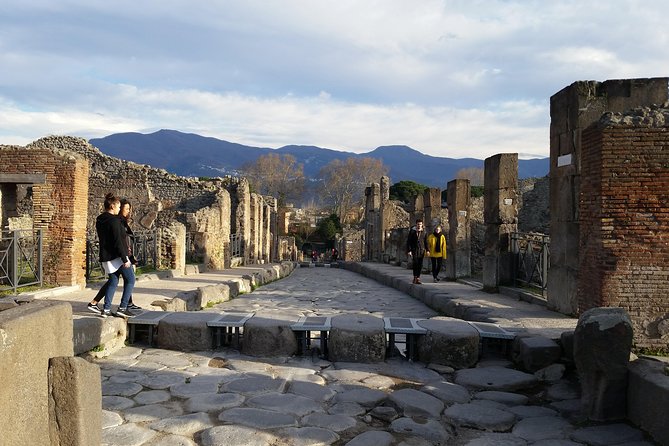
The catastrophic eruption of Mount Vesuvius in 79 AD not only buried Pompeii and Herculaneum under layers of volcanic ash and pumice but also set the stage for extensive archaeological excavations uncovering the secrets of these ancient Roman cities.
Excavations in Pompeii began in the 18th century and have revealed remarkably preserved buildings, artifacts, and even plaster casts of citizens caught in the disaster. In Herculaneum, excavations have unveiled stunning mosaics, well-preserved homes, and public buildings offering insights into daily life in this Roman town.
Archaeologists continue to unearth new discoveries, shedding light on the urban planning, social structure, and cultural practices of these ancient cities frozen in time by the volcanic eruption.
Mount Vesuvius Eruption
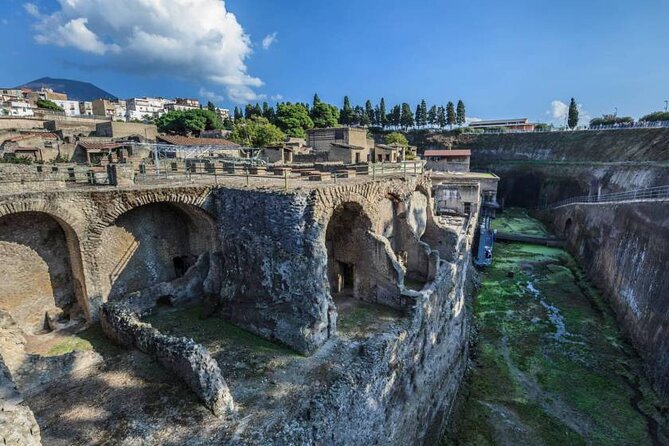
During the catastrophic eruption of Mount Vesuvius in 79 AD, a cataclysmic event unfolded that forever altered the landscape of Pompeii and Herculaneum. The eruption was a terrifying display of nature’s power, unleashing a deadly combination of ash, pumice, and volcanic gases that buried the cities beneath meters of debris. The residents of Pompeii and Herculaneum faced a harrowing ordeal as they tried to escape the raining destruction. The sudden darkness, intense heat, and suffocating ash created a scene of unimaginable horror. Amidst the chaos, people struggled to find safety, leading to heart-wrenching stories of loss and desperation etched into the ruins we see today.
-
Fear: Imagine the terror of witnessing a mountain spewing fire and ash.
-
Desperation: Picture families searching for loved ones amidst the chaos.
-
Tragedy: Consider the lives lost and the untold stories of those caught in the disaster.
-
Resilience: Reflect on how these ancient cities continue to stand as a testament to human endurance.
Preservation Efforts
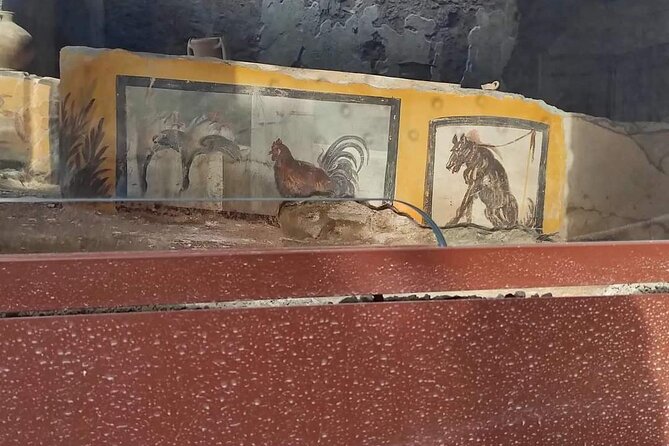
Efforts to preserve the ancient ruins of Pompeii and Herculaneum have been ongoing for decades, ensuring that these historical sites remain accessible for future generations to explore and learn from. The preservation initiatives encompass a range of activities aimed at safeguarding the structural integrity and historical significance of these archaeological wonders. Some key efforts include regular maintenance, restoration projects, monitoring for structural stability, and implementing advanced conservation techniques. Through these endeavors, experts strive to maintain the authenticity and cultural value of Pompeii and Herculaneum for years to come, allowing visitors to enjoy the rich history of these ancient Roman cities.
| Preservation Efforts | Key Activities | Impact |
|---|---|---|
| Regular maintenance | Cleaning and repairing structures | Ensures longevity of buildings |
| Restoration projects | Reconstructing damaged areas | Preserves historical accuracy |
| Structural monitoring | Assessing stability of ruins | Prevents collapse and deterioration |
| Conservation techniques | Using advanced methods | Safeguards original materials |
Cultural Insights
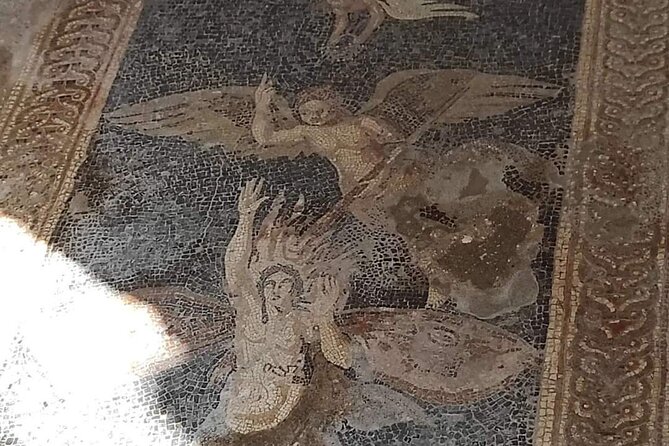
Preserving the ancient ruins of Pompeii and Herculaneum hasn’t only ensured their longevity but has also provided valuable cultural insights into the daily lives of the ancient Romans. Visitors can enjoy the past and gain a deeper understanding of Roman civilization through:
-
Walking through well-preserved streets and homes frozen in time.
-
Witnessing the tragic yet captivating remnants of the volcanic eruption.
-
Discovering ancient artifacts and artworks that reveal the Romans’ way of life.
-
Imagining the hustle and bustle of a thriving ancient city, now eerily silent yet vividly alive through the archaeological wonders unearthed.
Visitor Experience
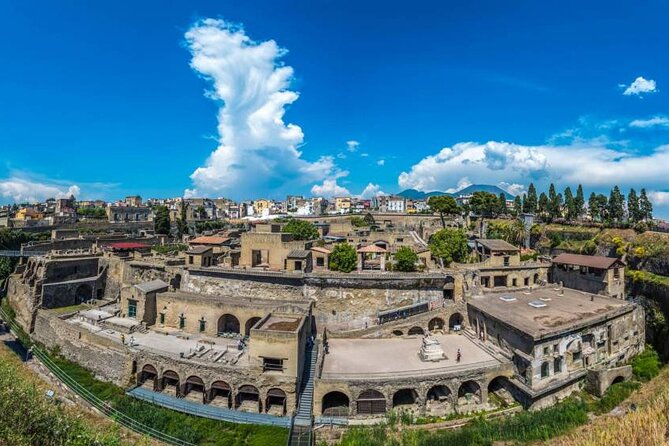
Enjoy a journey through time as you explore the mesmerizing visitor experience at Pompeii and Herculaneum.
Walking through the ancient streets of Pompeii, visitors can witness remarkably preserved homes, vibrant frescoes, and haunting plaster casts of the volcano’s victims.
Herculaneum offers a more intimate experience, with its intricate mosaics and well-preserved wooden structures providing a glimpse into daily Roman life.
Both sites boast informative signage and guided tours that bring the history and tragedy of these cities to life.
Visitors are encouraged to take their time, soak in the atmosphere, and reflect on the rich cultural heritage encapsulated within these archaeological treasures.
Prepare to be transported back in time and be captivated by the stories these ruins have to tell.
Here's a few more nearby tours and experiences we have reviewed.
Common questions
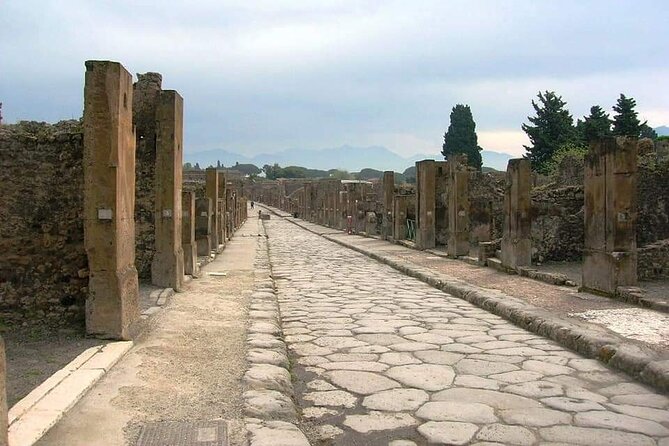
What Are the Best Times of Day to Visit Pompeii and Herculaneum to Avoid Crowds?
Visiting popular tourist sites during early morning or late afternoon can help avoid crowds. These times offer a more serene experience and better photo opportunities. Planning ahead and arriving early can enhance the overall visit.
Are There Any Specific Artifacts or Structures in Pompeii and Herculaneum That Are Not Open to the Public for Viewing?
Visitors to Pompeii and Herculaneum may not have access to some artifacts or structures due to ongoing preservation efforts. Limited viewing of certain areas is in place to safeguard these historical treasures.
How Long Does It Take to Explore Both Pompeii and Herculaneum Thoroughly?
Exploring both Pompeii and Herculaneum thoroughly typically takes about a full day. Visitors enjoy ancient history, roaming the ruins, exploring preserved artifacts, and gaining a deep understanding of life in these ancient Roman cities.
Are There Any Special Events or Activities Held at Pompeii and Herculaneum Throughout the Year?
Throughout the year, visitors can enjoy special events and activities in Pompeii and Herculaneum. From archaeological exhibitions to cultural festivals, there’s always something unique to experience that enhances the historical significance of these ancient sites.
Can Visitors Participate in Any Hands-On Archaeological Experiences or Workshops at Pompeii and Herculaneum?
Visitors can engage in hands-on archaeological experiences at Pompeii and Herculaneum. These workshops offer a unique opportunity to actively participate in uncovering ancient artifacts, gaining a deeper understanding of the sites’ historical significance.
Here's more of our most recent tour reviews happening neaby
- CAPRI-POSITANO FULL DAY PRIVATE BOAT TOUR ON LUXURY TENDER
- Sunset Amalfi Coast Vespa Tour With A Local
- Ischia and La Mortella Gardens
- Private Capri Island From Sorrento
- Private Transfer From Sorrento to Florence
- Self Drive: Boat Rental From Sorrento
- Bike Experience – Sorrento – Positano
- Sorrento: Amalfi Coast Sightseeing Boat Tour
- Capri Private Luxury Tour
- Sorrento: Private Excursion to Pompeii, Vesuvius or Ercolano
- Sorrento Sunset Private Boat Tour – Free Bar and Apetizer
Last Words
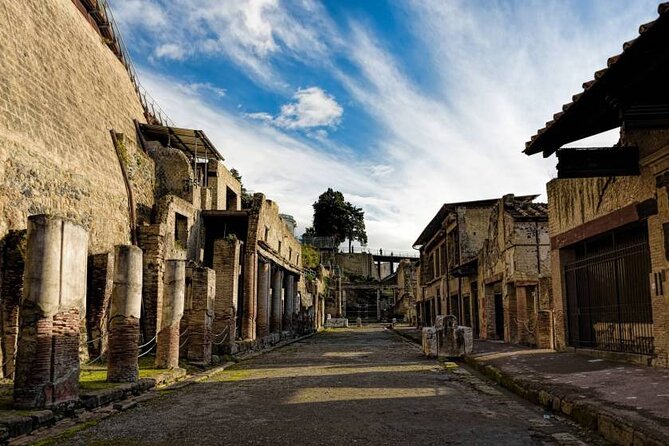
To sum it up, a visit to Pompeii and Herculaneum offers a fascinating journey through ancient Roman history. The well-preserved ruins and artifacts provide a glimpse into the daily lives of residents before the catastrophic eruption of Mount Vesuvius.
With insightful tours and exceptional customer support, travelers can explore these archaeological wonders with ease and gain valuable cultural insights.
Don’t miss the chance to experience this remarkable destination firsthand.

